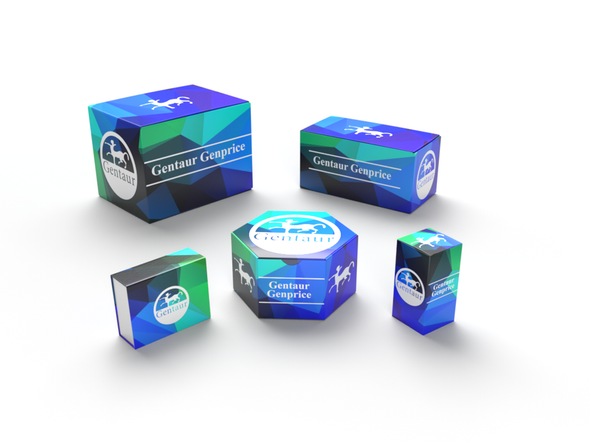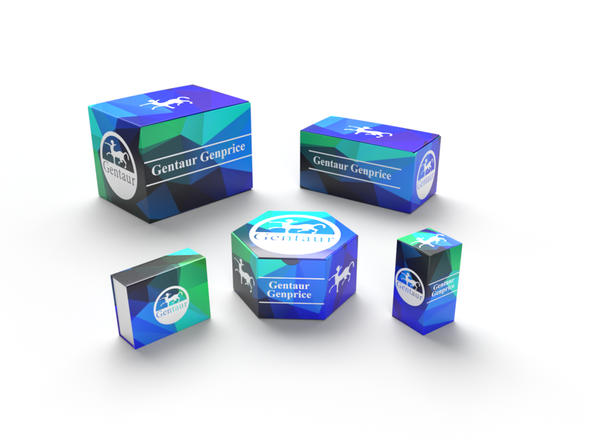Description
Mouse TRPV3 Antibody | 57-599 | Gentaur UK, US & Europe Distribution
Host: Rabbit
Reactivity: Mouse
Homology: N/A
Immunogen: This Mouse TRPV3 antibody is generated from rabbits immunized with a KLH conjugated synthetic peptide between 90-119 amino acids from the N-terminal region of mouse TRPV3.
Research Area: Neuroscience
Tested Application: WB, IHC-P
Application: For WB starting dilution is: 1:1000
For IHC-P starting dilution is: 1:10~50
Specificiy: N/A
Positive Control 1: N/A
Positive Control 2: N/A
Positive Control 3: N/A
Positive Control 4: N/A
Positive Control 5: N/A
Positive Control 6: N/A
Molecular Weight: 91 kDa
Validation: N/A
Isoform: N/A
Purification: This antibody is purified through a protein G column, followed by dialysis against PBS.
Clonality: Polyclonal
Clone: N/A
Isotype: Rabbit Ig
Conjugate: Unconjugated
Physical State: Liquid
Buffer: Supplied in PBS with 0.09% (W/V) sodium azide.
Concentration: batch dependent
Storage Condition: Store at 4˚C for three months and -20˚C, stable for up to one year. As with all antibodies care should be taken to avoid repeated freeze thaw cycles. Antibodies should not be exposed to prolonged high temperatures.
Alternate Name: Transient receptor potential cation channel subfamily V member 3, TrpV3, Trpv3
User Note: Optimal dilutions for each application to be determined by the researcher.
BACKGROUND: TRPV3 belongs to a family of nonselective cation channels that function in a variety of processes, including temperature sensation and vasoregulation. The thermosensitive members of this family are expressed in subsets of sensory neurons that terminate in the skin, and are activated at distinct physiological temperatures. This channel is activated at temperatures between 22 and 40 degrees C. This gene lies in close proximity to another family member (TRPV1) gene on chromosome 17, and the two encoded proteins are thought to associate with each other to form heteromeric channels.


![Mouse TRPV3 Antibody (N-term) [AMM06468G] Mouse TRPV3 Antibody (N-term) [AMM06468G]](https://cdn11.bigcommerce.com/s-1rdwiq712m/images/stencil/590x590/products/55923/56227/gentaur-genprice__26005.1661610467__29809.1661628092__75433.1661676199__77988.1661684280__64362.1661692443__78606.1661836771.png?c=1)







